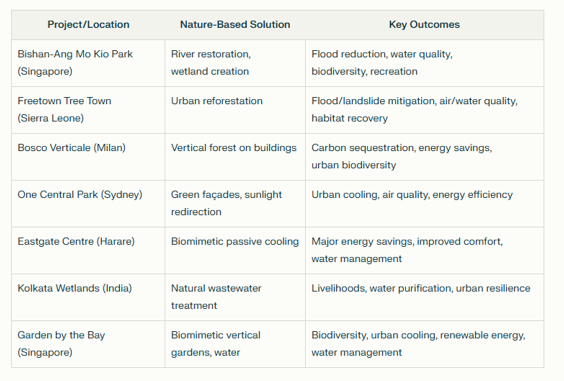Academic research into new construction methods and materials for buildings is in the news these days. Why? According to the United Nations Environment Programme (UNEP) and the GlobalABC, the latter, an alliance of government, industry members and researchers, buildings and construction produce 37% of global greenhouse gas (GHG) emissions. To tackle human-generated carbon emissions, therefore, our built and future builds need new low-carbon and carbon-negative solutions.
The 37% referred to above combines embodied carbon in the production of materials like cement, steel, and aluminum used in the construction phase, and operational carbon produced in post-construction by heating, cooling and lighting.
Consider that the population of the planet is estimated to increase by more than 2.5 billion by mid-century, new home construction will undoubtedly put great stress on the planet’s ability to mitigate produced carbon emissions through natural and human-created carbon sinks. Construction will remain the largest human contributor of carbon emissions on
Earth.
Did you know that “nearly half of the world’s buildings that will exist by 2050 have not yet been built?” This quote appears in the latest UNEP report. It is not all bad news. The report notes for the first time that GHG contributions from the construction sector have not been rising as of late and credits widespread adoption of net-zero emission standards as one reason.
The report also notes that the sector’s energy intensity globally (a measure of the amount of energy needed to produce a new home) has declined by 10%, with a significant increase in renewable energy use as a percentage of total energy consumed. There is also evidence of wider adoption of circular construction practices, increases in efficient energy retrofits to legacy buildings, and the use of lower-carbon footprint construction materials.
These are encouraging signs, but GlobalABC believes the sector needs to adopt the following key measures to make the transition to a low-carbon future a reality.
For new buildings:
- Establishing and implementing mandatory energy codes for new construction that meet net-zero energy ready (NZEr) standards.
- Supporting the use of integrated holistic design and practice, bringing together architects, engineers, owners, and contractors working as a unified team throughout the design and build.
For existing buildings:
- Promoting deep energy renovation within legacy buildings, including window and door refurbishment, insulation improvements, energy-efficient and advanced lighting systems and high-efficiency HVAC systems.
- Governments leading by example by doing low-carbon retrofits to legacy buildings, creating demonstration projects in communities, and tracking energy savings and measuring carbon reductions.
For building operations:
- Using energy information and behaviour change to drive energy efficiency by providing tenants and owners personalized feedback, including home energy audits, to motivate saving energy and reducing GHGs.
- Promoting energy efficiency through grants and rebates to finance upgrades and behavioural change.
- Developing effective communication strategies, including workshops, the circulation of handouts, and the sharing of success stories.
For building materials:
- Enabling access to free information sources such as the ICE (Inventory of Carbon and Energy) Database, the BECD (Built Environment Carbon Database), the Materials LCA (Life Cycle Assessment Database), the EC3 (Embodied Carbon in Construction Calculator, the CO@data.fi Emissions Database from the Finnish Environment Institute, the Mesh Energy Embodied Carbon Calculator and other accessible online resources.
- Developing procurement policies that incentivize vendors to submit bids that reward points in valuation for the inclusion of materials with low carbon footprints.
For resilience:
- Integrating nature-based solutions into urban planning, buildings and construction, including urban forests and wetlands, tree-lined streets, expanding parks, installing green roofs and living walls, community gardens and urban agriculture projects.
- Using mass timber and engineered wood instead of concrete and steel in construction.
- Repurposing legacy construction rather than demolition and new builds.
- Using modular, prefabricated components in new builds and rehabs.
- Adopting grey, storm and rainwater best practices for urban cooling and water conservation.
- Protecting buildings from extreme weather events and fire using natural wind breaks, flood barriers, improved drainage and fire-resistant materials.
- Choosing mineral composite building materials that sequester carbon dioxide (CO2).
- Using geothermal sources and natural resources like lakes to provide heating and cooling.
The following table provides examples of projects from around the globe that demonstrate the construction industry’s commitment to applying resilience and low-carbon objectives in its methods. From Singapore to Sydney, Europe, Africa and India, these examples show a construction sector demonstrating it can build and deliver on projects that help mitigate global warming in the 21st century.










